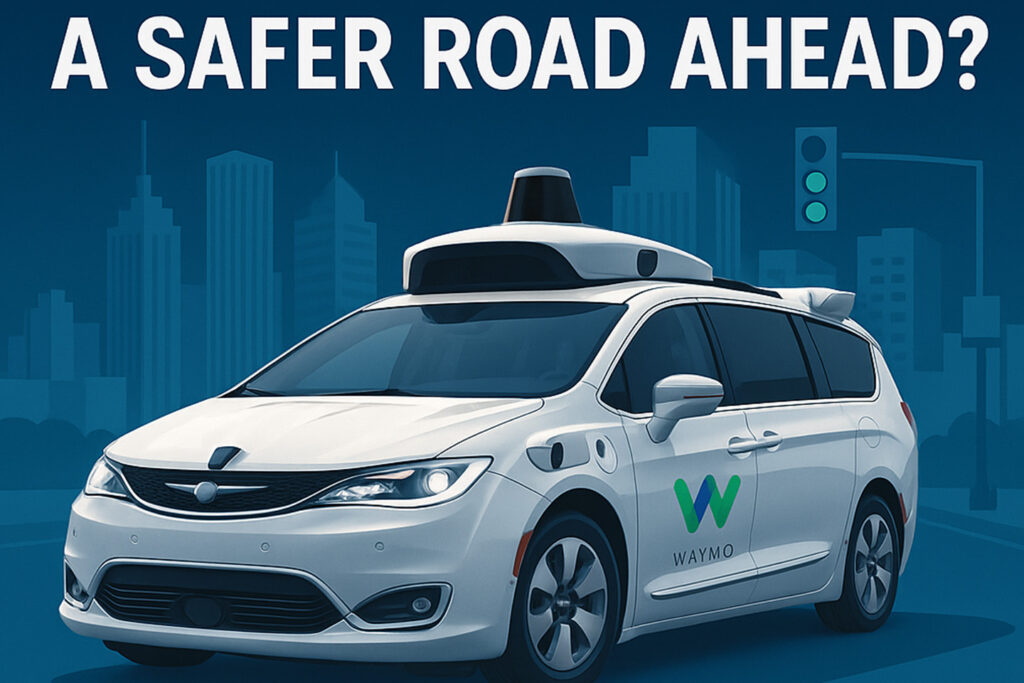
The emergence of self-driving vehicles, particularly those operated by Waymo, is poised to transform California’s roadways. With the potential to significantly reduce traffic collisions, injuries, insurance claims, and lawsuits, autonomous vehicles (AVs) offer a promising future for public safety.
The Safety Advantage of Waymo's Autonomous Vehicles
Waymo’s autonomous vehicles have demonstrated remarkable safety improvements compared to human drivers. According to Waymo’s data, their vehicles have achieved:
- 96% fewer vehicle-to-vehicle intersection crashes compared to human drivers.
- 92% reduction in pedestrian injuries, and an 82% reduction in injuries to cyclists and motorcyclists.
- 81% fewer injury-causing crashes, 83% fewer airbag deployment incidents, and 64% fewer police-reported crashes in cities like Phoenix and San Francisco.
These statistics underscore the potential of AVs to enhance road safety and reduce the frequency and severity of traffic incidents.
Implications for Personal Injury Law in California
The widespread adoption of AVs is expected to lead to a decline in traffic accidents, which in turn may result in fewer personal injury claims and lawsuits. While this could impact the caseload for personal injury attorneys, the overarching benefit to public safety is substantial.
However, accidents involving AVs introduce complex legal questions regarding liability. Determining responsibility may involve multiple parties, including the vehicle’s operator, manufacturer, and software developers. In some cases, product liability laws may apply if a defect in the vehicle’s design or software contributed to the accident.
As the legal landscape evolves, personal injury attorneys will need to adapt to these changes, potentially focusing on new areas such as product liability and technology-related claims.
California Vehicle Code Provisions on Autonomous Vehicles
California has established specific regulations to govern the operation of autonomous vehicles:
- Vehicle Code § 38750: This section outlines requirements for AVs, including the ability for a human operator to take control, visual indicators when autonomous technology is engaged, and compliance with federal safety standards.
- DMV Regulations: The California Department of Motor Vehicles (DMV) mandates that manufacturers obtain permits for testing and deploying AVs on public roads. Recent updates have expanded testing to include heavy-duty autonomous vehicles over 10,001 pounds, with specific data reporting and safety requirements.
These regulations aim to ensure the safe integration of AVs into California’s transportation system while promoting innovation in the field.
Conclusion
The integration of self-driving vehicles like those operated by Waymo holds significant promise for reducing traffic collisions and enhancing public safety in California. While this technological advancement may lead to a decrease in personal injury cases, the benefits of safer roads and fewer injuries are paramount.
As the legal and regulatory frameworks continue to evolve, stakeholders—including lawmakers, legal professionals, and technology developers—must collaborate to address the challenges and opportunities presented by autonomous vehicles. Embracing these changes will be essential to realizing the full potential of AVs in creating a safer and more efficient transportation future.

